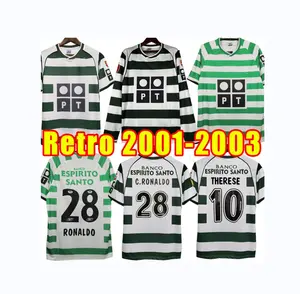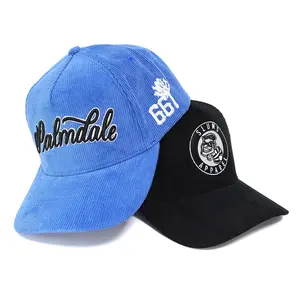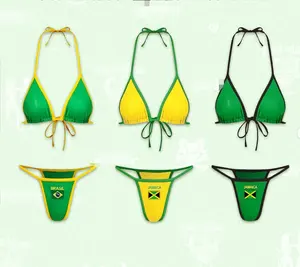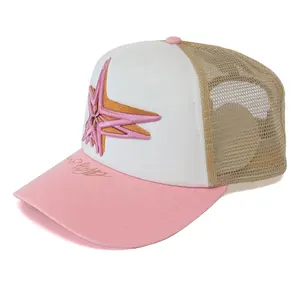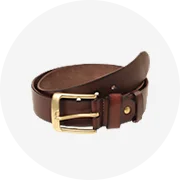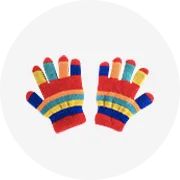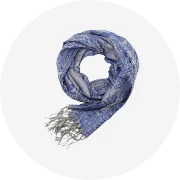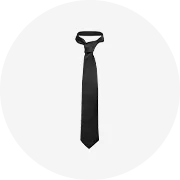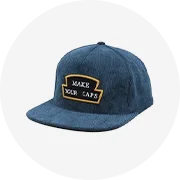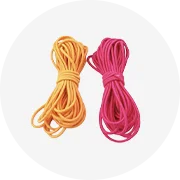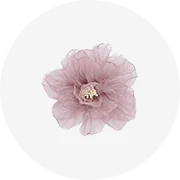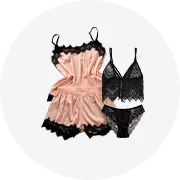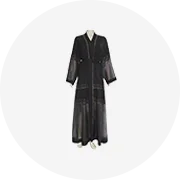Populer di industri Anda


Custom rak kertas berdiri karton display retail funko pop cardboard store coklat permen makanan karton palet display stand
Rp 116.367 - Rp 235.708
Minimal Pesanan: 50 Buah






High end modern mewah toko perhiasan penghitung tampilan kayu etalase kotak pajangan perhiasan toko desain furnitur dengan lampu
Rp 3.289.324 - Rp 6.595.178
Minimal Pesanan: 10 Meter







Toko perhiasan mewah, kelas atas menampilkan kayu perhiasan kaca Display toko penghitung tampilan Case desain furnitur
Rp 3.289.324 - Rp 6.413.356
Minimal Pesanan: 10 Set







Konter Jendela Desain Kustom Tampilan Jendela Perhiasan Baki dari Rak Display Perhiasan Flanel Halus
Rp 76.531
Minimal Pesanan: 2 Buah







Rak Display plastik pabrikan rak Display cetakan injeksi rak kustom untuk toko
Rp 257.857 - Rp 300.833
Minimal Pesanan: 50 Buah







Rak Display pakaian warna emas, untuk pakaian, Display kaca furnitur untuk pakaian
Rp 4.132.317 - Rp 5.124.073
Minimal Pesanan: 1 Set






Display kayu Stand Case eceran tas pakaian Display portabel pakaian Display Stand butik mebel toko ritel pakaian
Rp 5.785.244 - Rp 9.091.097
Minimal Pesanan: 5 Set






Lishi Shop casing pajangan kaca pria desain Interior toko baju furnitur toko baju untuk Baju
Rp 4.545.549 - Rp 4.793.488
Minimal Pesanan: 2 Set
Pengiriman per potong: Rp 2.135.912






Grosir Perlengkapan Belanja Gaun Pengantin Etalase Kain Showroom Desain Interior Toko Ide Desain untuk Pakaian
Rp 3.305.854 - Rp 3.967.024
Minimal Pesanan: 5 Set



Grosir Toko Pakaian Casing Gantung Emas Rak Tampilan Logam Gaun Gantung untuk Toko Rumah
Rp 1.322.342 - Rp 1.404.988
Minimal Pesanan: 1 Buah






Toko Garmen Wanita, Emas Pakaian Toko Ritel Pakaian Pas Desain Interior dan Rak Pajangan Furnitur Toko Berdiri
Rp 6.611.707 - Rp 7.438.170
Minimal Pesanan: 1 Buah
Pengiriman per potong: Rp 436.208






Rak Display Pakaian Ritel Casing Berdiri Kayu Display Kayu untuk Promosi
Rp 148.764 - Rp 264.469
Minimal Pesanan: 100 Buah
Pencarian Terkait:
kasus tampilan pakaian akrilikmenampilkan pakaian anak-anak kasuskasus tampilan sarung tangan akrilikkasus tampilan pakaian akrilikkasus tampilan kain kamimenampilkan iklan kasustampilan case panjangkasus tampilan untuk pakaiankasus tampilan kemejamenampilkan case transparankasus tampilan pakaian akrilikkasus tampilan kainmenampilkan produk kasustampilan kasus riteltitik menampilkan kasus






Desain Baru Grosir Multilayer Pakaian Dalam Yang Dapat Dilepas Pakaian Dalam Kasus Rak Display Rak Toko Baju
Rp 413.232 - Rp 826.464
Minimal Pesanan: 100 Buah






Display Logam Sepatu Putih, Rak Toko Pakaian Kabinet Pameran Besi Tempa Kayu
Rp 33.059 - Rp 5.785.244
Minimal Pesanan: 5 Set




Stan Display Pakaian Ritel Lantai Kayu Etalase Toko Pakaian Ritel
Rp 2.132.276 - Rp 3.289.324
Minimal Pesanan: 100 Set






Rak Pajangan Kayu Solid Wanita, Dekorasi Furnitur Toko Pakaian untuk Desain Interior
Siap Kirim
Rp 1.652.927
Minimal Pesanan: 1 Buah
Pengiriman per potong: Rp 9.091.097


Rel Gantung Emas Toko Pakaian Stainless, Rak Pajangan Baju Pernikahan Logam Bulat
Rp 479.349 - Rp 704.147
Minimal Pesanan: 2 Buah






Disesuaikan Desain Anak Pakaian dan Sepatu Toko Tampilan Kabinet untuk Showroom Interior Produksi
Rp 4.958.780
Minimal Pesanan: 20 Buah






Pabrik Guangdong rak kios pakaian baja tahan karat kelas atas untuk sarung Display alas pakaian butik
Rp 2.991.798 - Rp 3.652.968
Minimal Pesanan: 5 Meter
Pengiriman per potong: Rp 2.471.291






OEM/ODM Display Kasus Pemasok Cina Produsen Grosir Disesuaikan Desain Rose Gold Rak Pakaian
Rp 545.466 - Rp 743.817
Minimal Pesanan: 20 Set






Custom rak Display kosmetik lemari Display pakaian rak tampilan perhiasan memamerkan kacamata kasus
Rp 4.958.780 - Rp 5.785.244
Minimal Pesanan: 5 Buah






Rak Display Pakaian Ritel Casing Berdiri Display Kayu untuk Promosi
Rp 1.322.342 - Rp 3.305.854
Minimal Pesanan: 1 Buah






Diskon kios mainan/pakaian/tanaman Display Mall belanja kualitas bagus kios toko ritel
Rp 1.636.398 - Rp 8.248.104
Minimal Pesanan: 1 Set





Disesuaikan Jelas Akrilik Sabuk Tampilan Berdiri Pemegang Sabuk Organizer Kotak Gantungan Kasus Pakaian Toko Rak Display
Rp 165.128 - Rp 330.421
Minimal Pesanan: 50 Buah






Rak Pajangan Jersey Akrilik Terpasang Di Dinding, Rak Tampilan Pakaian Rak Berdiri
Rp 148.764 - Rp 413.232
Minimal Pesanan: 100 Buah





Rak Pajangan Garmen untuk Pakaian, Kotak Pajangan Garmen untuk Pakaian
Rp 4.925.722 - Rp 6.611.707
Minimal Pesanan: 5 Set






Pabrik eceran pakaian toko perlengkapan Display pakaian konter toko pakaian rak Display
Rp 3.289.324 - Rp 4.942.251
Minimal Pesanan: 5 Buah






Etalase Jersey akrilik bening etalase toko pakaian kabinet pajangan akrilik dengan roda
Rp 826.299 - Rp 991.591
Minimal Pesanan: 100 Buah






Desain Tata Letak Interior Toko Hewan Peliharaan Modern Sesuai Pesanan Ritel Pakaian Anjing Peliharaan Berdiri Display Produk Wadah Pajangan Hewan Peliharaan
Rp 5.785.244 - Rp 8.264.633
Minimal Pesanan: 1 Set






Kuantitas yang bagus dan pabrik penjualan langsung pakaian untuk mantel dan jaket rak kabinet kasus kain pajangan
Rp 1.652.927 - Rp 4.958.780
Minimal Pesanan: 5 Buah






Kualitas berdiri bebas logam bentuk C rak pakaian kardus kayu T Shirt tempat pajangan pakaian rak pameran berdiri
Rp 661.171 - Rp 1.322.342
Minimal Pesanan: 25 Buah






Stan Pajangan Jeans Kustom Toko Pakaian Mebel Celana Jeans Pria Fiting Toko dan Display Celana Show Case
Rp 826.464 - Rp 6.578.648
Minimal Pesanan: 1 Buah






Rak Pajangan Sepatu Akrilik Hak Tinggi Toko Pakaian Wanita Mewah Lampu Berdiri Lantai
Rp 628.113 - Rp 4.132.317
Minimal Pesanan: 1 Buah






Kayu T Shirt Display Kios Pakaian Etalase Kaca Toko Pakaian Aksesoris Interior Desain untuk Dijual
Rp 5.289.366 - Rp 15.768.920
Minimal Pesanan: 1 Set






Lingerie kustom Shop Fitting dekorasi desain gambar pakaian dalam dan pakaian Bra Display Stan konter
Rp 826.464 - Rp 2.479.390
Minimal Pesanan: 5 Set






Rak pajangan lemari pakaian kustom mewah untuk toko pakaian, rak pajangan kabinet baju
Rp 6.248.063 - Rp 11.206.843
Minimal Pesanan: 1 Buah






Kaainice Rak Display Elektrik, Wadah Kacamata Menampilkan Pakaian Kabinet Display Pakaian Rak Display Perhiasan
Rp 1.291.432 - Rp 1.806.815
Minimal Pesanan: 10 Buah






Kustom toko pakaian butik mebel toko ritel kotak pajangan pakaian rak baju
Rp 6.066.241 - Rp 6.578.648
Minimal Pesanan: 10 Buah






Pabrik acara casing murah pakaian Pop Up toko ruang pas portabel pameran dagang rak pakaian butik toko ritel rak pajangan
Rp 1.487.634 - Rp 1.570.281
Minimal Pesanan: 5 Buah






Sarung tampilan topi pabrik Tiongkok sarung Display helm struktur logam topi bisbol pakaian pajangan desain rak kustom
Rp 1.636.398 - Rp 15.868.096
Minimal Pesanan: 5 Set
Kategori terbaik
Tentang menampilkan pakaian kasus
Alibaba.com menawarkan 2800 produk menampilkan pakaian kasus. Berbagai macam pilihan menampilkan pakaian kasus tersedia untuk Anda, seperti tampilan, toko, dan penyimpanan. Anda juga dapat memilih dari akrilik, logam, dan kayu menampilkan pakaian kasus. Juga dari jelas, hitam, dan putih menampilkan pakaian kasus.Dan apakah menampilkan pakaian kasus tersebut ramah lingkungan, tahan lama, atau portable.
